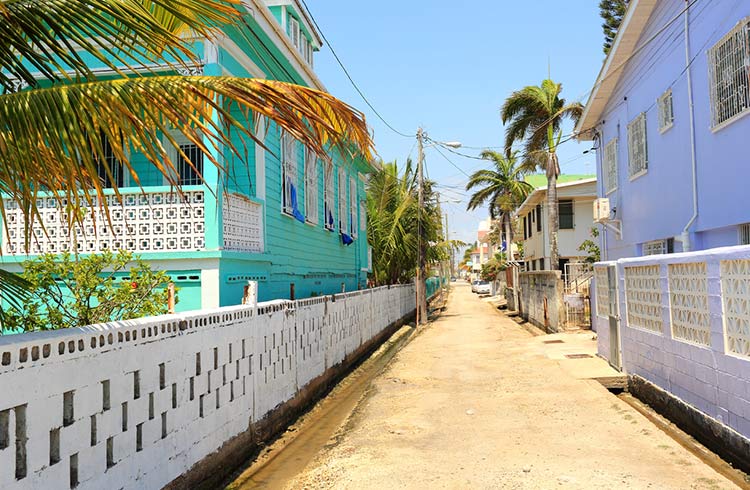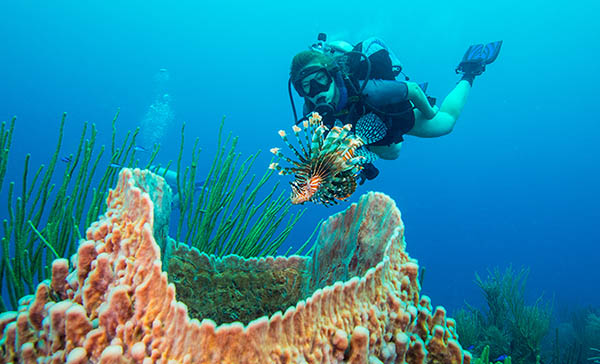Transport in Belize: Tips for Traveling Around Safely
Belize has a sizeable network of roads and highways, but conditions can vary. Here's how to avoid the main hazards.
 Photo © iStock/shunyufan
Photo © iStock/shunyufan
Road conditions in Belize are improving, and the five main highways are paved and in relatively good condition. But, once you get onto the bumpy minor roads, you'll feel like an astronaut training for motion endurance. A long ride in the people's bus (chicken buses, as they're affectionately called), will leave you rattling for hours after you arrive.
But, you didn't come to Belize for suburban comforts.
Accidents on the road
Road accidents are common in Belize, as in the rest of the region, due to the combination of bad roads and run-down cars. Roads often lack markers and shoulders, and flooding and slippery conditions are a concern in wet weather. Stray dogs and wildlife can also be a hazard, especially at night. Seatbelts are mandatory (and a good idea, for obvious reasons).
Drivers can be reckless at best and nonsensical at worst. A left turn signal might mean a driver is turning left, or it might be an invitation for your vehicle to pass them. If turning left on a highway, Belize law requires drivers to indicate a left-hand turn, then pull to the right and wait for traffic to clear first.
Speed bumps tend to be large, ubiquitous, and poorly marked – be sure to keep a good distance from the car in front of you, in case the driver brakes suddenly for a bump.
If you're driving, stay within the speeds limits, even though no one really does. It will help you react quicker to unexpected hazards on the road. Drivers who hit pedestrians or cyclists are assumed to be at fault, no matter the circumstances. Tourists who have been involved in accidents can be fined, and even jailed.
Robberies and hazards
You should only ride in licensed taxis, identified by their green license plates. Agree on a price before you get in, and keep the doors locked and windows up so you're not a victim to stop-and-snatch, which can occur at traffic lights.
Avoid driving at night, especially in rural areas. And, while this may sound paranoid, don't stop to help people whose cars have broken down. It could be a robbery ploy.
Due to ongoing tension between Belize and Guatemala, use caution in border areas, and only visit during the day.
Water taxis
Water taxis are the primary (and least expensive) means of transportation between Belize's islands and the mainland. Though generally safe, they've been known to carry more passengers than their capacity allows, have an inadequate number of life vests, and set sail in dangerous weather. Avoid vessels that seem overcrowded or less than seaworthy.
Related articles
Simple and flexible travel insurance
You can buy at home or while traveling, and claim online from anywhere in the world. With 150+ adventure activities covered and 24/7 emergency assistance.
Get a quote

No Comments